Kendrick Lamar & The Quantum Mind:
His Super Bowl Performance Revealed How Neurodivergent Cognition and Fractal Thinking Will Save Us in the Age of Collapse
A note before we begin:
While Kendrick Lamar has not publicly confirmed that he is neurodivergent, his work has resonated deeply with the neurodivergent community. Many analyses have explored the ways his music—through intricate lyricism, vocal stimming, nonlinear storytelling, and themes of mental health—reflects cognitive patterns often associated with neurodivergence. His album Mr. Morale & The Big Steppers, in particular, features rich vocal stim moments and introspective lyrics on mental health that many neurodivergent listeners connect with on a profound level. This discussion does not aim to diagnose Lamar but rather to highlight how his artistry aligns with neurodivergent modes of thinking and expression, making his work deeply impactful for those who experience the world in similarly unique ways.
Diagnosis or not, his work undeniably demonstrates a brilliant, quantum mind—one capable of fractal thinking, seeing multiple realities at once, and navigating complexity with precision. His layered symbolism, performance depth and ability to weave multiple, interconnected narratives are not just marks of artistic genius but evidence of key cognitive skills necessary to understand and shape the future. Whether in music or movements, these ways of thinking will be critical to outmaneuver outdated systems and build new paradigms.
"The revolution's about to be televised — you picked the right time but the wrong guy..." — Kendrick Lamar’s twist on Gil Scott-Heron's prophecy
Prologue: The Neural Revolution Within
On Super Bowl Sunday 2025, as Trump sat grinning in the crowd, 133 million viewers witnessed a counterattack against fascism's rise. Kendrick Lamar's halftime show didn’t just transcend art into a cultural watershed moment— it was a neural insurgency. Kendrick demonstrated how neurodivergent cognition might help us navigate not just fascism's rise, but the technological disruption of AI and the existential challenges threatening democratic governance and human civilization.
Countless commentators dissected the multiple hidden, profound layers of meaning in his powerful symbolism, while others delved into the history of his references and significance of his interactions, choreography, clothing and all the other details.
But given my work, my focus was on what lay within, beneath the spectacle— the unseen neural architecture shaping it all. Another revolution is unfolding—not just on stage, but more importantly, in the mind: Kendrick’s thinking embodies the Cognitive Revolution—the one we must ignite within before we can transform the world beyond.
The Regenerative Futurist is a reader-supported publication. If you’d like to help me do even more, consider becoming a paid subscriber.
Act 1: Brilliance as a Blueprint
"I'm not saying I'm gonna change the world, but I guarantee that I will spark the brain that will change the world." — Tupac Shakur
Tupac, my generation’s poetic, lyrical genius, wasn't just prophesying. He was describing the actual mechanism of revolutionary change: cognitive contagion by inspiring a shift in the collective consciousness.
Now, the torch has been passed. Kendrick Lamar is this generation’s Tupac—not just for his lyrical genius, but for his fractal thinking, his quantum mind, his ability to collapse time and trauma into recursive patterns that expose the absurdity of “order.”
Quantum Cognition and its Role in Revolutionary Thinking
Quantum cognition is a cutting-edge theory in cognitive science that applies principles from quantum mechanics—such as superposition, entanglement, and uncertainty—to human thought processes. Unlike classical cognition, which assumes that people make decisions in a straightforward, rational and linear way, quantum cognition suggests that our thoughts exist in multiple potential states at once and only “collapse” into a final decision when observed or acted upon.
In other words, the human mind does not always process information sequentially like a computer—it works probabilistically, holding multiple, sometimes contradictory, possibilities in a state of coexistence before reaching an outcome.
Kendrick exemplifies this. His quantum mind operates in non-linear spirals, not straight lines—a trait shared by neurocomplex thinkers, including many neurodivergents and synesthetes. Diagnosis or not, Kendrick’s work undeniably demonstrates a brilliant, quantum mind—one capable of fractal thinking, seeing multiple realities at once, and navigating complexity with precision and persistence. His layered symbolism, performance depth and ability to weave multiple, interconnected narratives are not just marks of artistic genius but evidence of key cognitive skills necessary to understand and shape the future. Whether in music or movements, these ways of thinking will be critical to outmaneuver outdated systems and build new paradigms.
For years, I’ve analyzed how his brain works as a living manifesto for the neural rewiring needed to win the future. His halftime performance wasn't mere entertainment—what it revealed was his cognitive genius as a blueprint for surviving and transcending multiple systemic transformations simultaneously.
Act II: The Futurist's Warning
Since 2016, I've been researching and speaking on how these revolutions— the cognitive, technological and existential revolutions— interweave. The cognitive revolution—new ways of processing reality—becomes essential. It’s a critical prerequisite to overcome our complex challenges as AI reshapes our world, and climate crisis and the rise of autocracy force us to reimagine human existence.
The linear thinking that created these challenges cannot be what solves them. The mindsets that created our overlapping crises—the linear, short-sighted, extractive mindsets that birthed environmental collapse, apartheid and growth with no consequence now fueling autocracy’s playbook—cannot be the ones that solve them. This isn't just theory anymore.
"The illiterate of the future will not be the person who cannot read. It will be the person who does not know how to learn." — Alvin Toffler
As American democracy teeters, Kendrick Lamar’s performance demonstrated how neurodivergent thinking might be our best hope for both resistance AND regeneration. My work in fractal futuring—decoding how micro-patterns scale into systems—reveals a critical truth: Neurodivergent wiring isn't just adaptive. It’s vital, revolutionary infrastructure.
Think about how you recognize a familiar face in a crowd. You don't process each feature separately—you instantly grasp the whole pattern. Now imagine applying that same pattern recognition to everything: social movements, climate systems, power structures. This is how neurodivergent minds naturally process reality. Where others see chaos, we see connection. Where linear thinking sees isolated events, we grasp entire systems of meaning.
What gets labeled as "disorder" is actually advanced pattern recognition—a cognitive framework better suited for navigating complex systems collapse. When Lamar wove together historical injustice and algorithmic bias, he wasn't just making art. He was demonstrating how neurodivergent temporal processing lets us see through attempts to fragment our understanding of time and causality.
Kendrick’s genius lies in that he forces us to see through his lens— to think beyond the status quo - and he makes us better for it: to see systems as recursive code, to find liberation in fragmentation and to recognize his prescient declaration:
“This is bigger than the music, they tried to rig the game but you can't fake influence.”
Thank you for your readership: To further support my efforts and if you’re able to, consider upgrading to a paid subscription for less than a cup of coffee a month. I’m deeply appreciative of your support!
Act III: The Architecture of Resistance
In an age of converging revolutions and manufactured chaos, neurodivergent cognition reveals its strategic advantage as our unique ways of processing information become essential. Neurodivergent cognition and quantum thinking represent interwoven frameworks for processing reality in ways essential for navigating increasing complexity.
Fascist regimes thrive on binary thinking, historical erasure, and sensory overwhelm, using disinformation to paralyze resistance. But the very neurodivergent cognitive traits labeled as “disorder” are, in reality, revolutionary infrastructure.
Fractal Futuring as Methodology
In futures studies, fractal futuring examines how patterns repeat and evolve across different scales of time and space. Lamar’s performance was a masterclass in this approach:
The divided flag imagery (built from Black mens’ bodies) and Squid Game-inspired choreography demonstrated how oppression manifests fractally—from individual interactions to systemic structures.
The recurring motif of masks and unmasking—from Jackson’s Uncle Sam to Lamar’s own performance persona—exposed how protective adaptations repeat across scales: from individual neurodivergent masking to cultural code-switching in Black and marginalized communities.
Consider how his performance operated simultaneously across multiple layers of reality: On the surface level, entertainment for the masses. Beneath that, coded messages of resistance. Deeper still, a living demonstration of how different minds process reality. And at its core, a blueprint for how neurodivergent cognition might help us survive—and transcend—fascism's rise.
Cognitive Innovation Through Neurodivergent Perception
What made this performance revolutionary wasn’t just its content but its design. It was built on neurodivergent cognition as an aesthetic and political framework. When Kendrick Lamar stepped onto the Super Bowl stage in 2025, he demonstrated this new cognitive architecture in action:
Nonlinear time as a strategy for historical re-mapping.
Pattern recognition as a tool for deconstructing systemic lies.
Masking and unmasking as a metaphor for adaptive survival and rebellion.
Fractal Resistance: As Above, So Below
"As above, so below; as within, so without." This ancient axiom crystallizes the performance’s genius. The divided American flag, built from Black bodies, mirrored America’s fractures (as above)—a nation split by race, power, and history—while the invocation of “40 acres and a mule” resurfaced slavery’s unhealed wounds (so below). Lamar didn’t just narrate history; he embodied its echoes, showing how the past is encoded into the present, and how cycles of oppression can be disrupted by making their patterns visible.
Pattern Recognition as Systemic Insight
Superposition → Nonlinear Thinking and Revolutionary Strategy
When Lamar's Buick GNX released its endless stream of dancers, it wasn’t just spectacle—it was a masterclass in how decentralized movements spread. Each emergence from the vehicle mirrored what physicists call superposition—multiple realities existing at once. This is how revolutions unfold: not through a single leader or moment, but through hidden networks, rippling shifts, and emergent systems.
This same cognitive ability allows us to see structural oppression where others see neutrality. When banks claim AI-driven lending "isn't racist because it's just math," our pattern-seeking minds instantly map how historical redlining mutates into algorithmic bias.
Nonlinear Time as Strategic Foresight
Entanglement → Collective Consciousness and Systemic Insight
In quantum mechanics, entanglement refers to the phenomenon where two particles remain connected, even when separated by vast distances—changing the state of one instantly affects the other.
This mirrors how historical oppression and modern algorithmic discrimination are entangled across time and space.
Neurodivergent thinkers, particularly those with high pattern recognition, often sense these invisible connections long before others do.
When Lamar linked symbolisms of historic Black oppression to today’s imagery, he was illustrating entanglement across history, revealing how systemic bias never truly disappears—it just mutates.
In classical logic, a statement is either true or false. But in quantum mechanics, a particle can exist in multiple states simultaneously until it is measured. Similarly, quantum cognition allows neurodivergent minds to hold multiple perspectives, contradictions, and realities at once, rather than being forced into binary, either/or thinking.
Where authoritarianism demands a rigid past, present, and future, neurodivergent minds move fluidly across time. Imagine trying to watch past, present, and future all at once—like having multiple TV screens playing different timelines simultaneously. Neuroscientists call this non-linear temporal processing, but for many neurodivergent minds, it's simply how we experience reality.
Lamar’s performance did the same. He wove 1865’s broken promises of “40 acres and a mule” into 2025’s ongoing Black injustice with the prison yard imagery and chalk body outlines, as well as Serena Williams’ defiant crip walk, collapsing history and future into a singular, living moment. This is how real change happens—not as isolated events, but as cycles we can anticipate, disrupt and rewire. Moreover, he brought history that was erased into the forefront, forcing the country to confront its dualities.
Pathological Demand Avoidance as Defiance of Authority
Resistance Against Authoritarian Control
Traditional hierarchies—race, class, nationalism—condition people to obey invisible rules. But PDA brains instinctively reject imposed structures, making them natural saboteurs of oppressive systems. In Lamar’s performance, this defiance wasn’t just in the lyrics—it was embodied:
Samuel L. Jackson as Uncle Sam wasn't satire; it was a hack—weaponizing America’s most patriotic symbol to expose its racial foundations.
The geometric choreography wasn’t just aesthetic; it was a visual trap, showing how bodies are disciplined into conformity.
Lamar’s lyrics themselves were fractal encryptions—layered meanings only fully visible to those trained in reading subtext, contradiction and multiplicity.
Sensory Depth as Quantum Uncertainty
Uncertainty Principle → Sensing shifts before they become visible
The Heisenberg Uncertainty Principle states that the more precisely we measure one property of a system (such as position), the less precisely we can know another (such as momentum).
Fascist regimes thrive on predictability and control—they aim to lock people into rigid social hierarchies and suppress adaptive resistance.
But neurodivergent cognition, like quantum systems, resists fixed categorization. Our thinking is fluid, shifting, and unpredictable, making it difficult for oppressive systems to contain.
This is why resistance movements built on decentralization and unpredictability (like mycelial networks) tend to outlast authoritarian structures, which demand compliance to rigid rules. What some experience as sensory overload, we experience as high-resolution data. Where others see noise, we detect weak signals before they manifest into crisis. This is how Kendrick’s systems thinking spots hidden connections between the prison-industrial complex and Squid Game’s gamified capitalistic exploitation, or how his fractal lyricism deconstructs racism, patriarchy and extraction into their component gears.
Quantum Cognition as a Revolutionary Blueprint
In the Architecture of Resistance, quantum cognition manifests in:
✔ Pattern Recognition as Superposition → Seeing multiple realities before collapse.
✔ Time Blindness as Entanglement → Understanding history as a living, interconnected force.
✔ Pathological Demand Avoidance → Natural resistance to authoritarianism
✔ Sensory Depth as Quantum Uncertainty → Sensing shifts before they become visible.
"The revolution’s about to be televised — you picked the right time but the wrong guy…”
Many noted this as a dig at Trump, who sat in the audience. But the real revolution isn't about one man. It's about who controls the narrative, who shapes the future and whose minds are wired to see beyond the illusion.
Act IV: The Future Demands Different Minds
The convergence of cognitive, technological, and existential revolutions demands fundamentally new ways of thinking. As civilization faces increasing complexity and potential collapse, what mainstream society labels as cognitive "disorders" reveal themselves as diverse adaptations essential for survival. The traits that get pathologized become precisely the tools we need for navigating through system breakdown toward regeneration.
The next era of revolution won’t be hierarchical, linear, or easily contained—it will be quantum, emergent and unstoppable. These cognitive abilities—pattern recognition, nonlinear time processing, demand avoidance, and sensory depth—aren’t just coping mechanisms. They are survival strategies. They are the very tools and cognitive framework we need to dismantle outdated systems and build new ones.
The Neural Blueprint
Kendrick's performance demonstrated how neurodivergent cognition naturally provides:
Quantum Processing for Complex Systems Where traditional thinking becomes overwhelmed by multiplicity, our minds naturally process multiple states simultaneously. This allows us to see both problems and solutions as interconnected patterns rather than isolated incidents. When Lamar collapsed historical injustice into present-day systemic bias, he showed how temporal flexibility lets us understand complex causality.
Pattern Recognition for Strategic Action Our ability to detect deep patterns reveals both how systems maintain themselves and where they're vulnerable to transformation. This isn't just theoretical—it's practical battlefield awareness. When fascism floods consciousness with disinformation, our pattern recognition cuts through the noise to reveal authentic signal.
Edge Perception for Long-term, Systemic Change Being marginalized from dominant systems gives us crucial perspective on how those systems actually operate. This "edge thinking" lets us see both break down patterns and emergence opportunities that remain invisible to mainstream perception.
The Regenerative Revolution
The revolution we need isn't just external—it begins in neural architecture. As Tupac prophesied, sparking the right kind of brain creates cascading change through systems. Kendrick’s halftime show modeled this perfectly: a neural hack that hijacked America’s most-watched stage to broadcast a blueprint for how different minds might help us survive and thrive. Resistance is recursive. Regeneration is already underway.
The Regenerative Pattern
Consider how forests recover after devastation. New growth doesn't simply replace what was lost—it creates more resilient systems using nutrients from what broke down. Similarly, neurodivergent pattern recognition helps us transform systemic collapse into regenerative opportunity:
Urban gardens become more than food sources—they rewrite codes of community and sustenance. Mutual aid networks transcend charity to become test runs for post-capitalist economics. Each "small" action contains fractal possibilities for systemic transformation.
When pattern-seekers decode systems, when time-blind prophets map quantum futures, when overwhelmed minds find clarity in chaos—that's when both resistance and regeneration become not just possible, but inevitable through new ways of thinking:
Fractal = Zooming out to see repeating patterns.
Quantum = Thriving in contradictions.
Superposition = Juggling multiple, simultaneous possibilities across time and space.
Epilogue: The Influence that Sparks the Brains
The fascists picked 2025 as their takeover year. They never anticipated the cognitive insurgency waiting in the wings. The revolution we need isn't just technological or political—it begins in neural architecture. The future belongs to those whose "disordered" minds naturally process the quantum nature of reality.
This is not unproven optimism. It’s pattern math. Just as Lamar’s 13-minute revolutionary call reached the millions watching, so too can our fractal actions cascade. The fascists miscalculated—they assumed control over bodies meant control over minds. But consciousness spreads like mycelium: invisible until it fruits, unstoppable once it does.
The cognitive revolution will not be centralized. It will be lived, in the ADHD entrepreneur coding cooperative AI, the autistic climate scientist modeling ice sheet collapse, the dyslexic poet dismantling borders with metaphors. We are the edge dwellers, the pattern seekers, the time benders—and the future is a fractal we’re already building.
When the next collapse comes—ecological, political, societal—we won’t just survive. We’ll compost the ruins into soil for worlds they never imagined, but we could.
"This is bigger than the music. They tried to rig the game, but you can't fake influence." - Kendrick Lamar
This is how we spark the brains that will change the world. This is how the cognitive revolution becomes the regenerative revolution.
Bian Li is a regenerative futurist—someone who studies how we can build better economic and societal systems that restore rather than deplete our world—and a leading voice in what she calls the "cognitive revolution." Since 2016, she has lectured and presented globally on how neurodivergent thinking patterns—the unique ways that different brains process information—are crucial for navigating an increasingly complex future as the nature of work, learning and human development rapidly transforms.
If you appreciate my work, please share with your network.




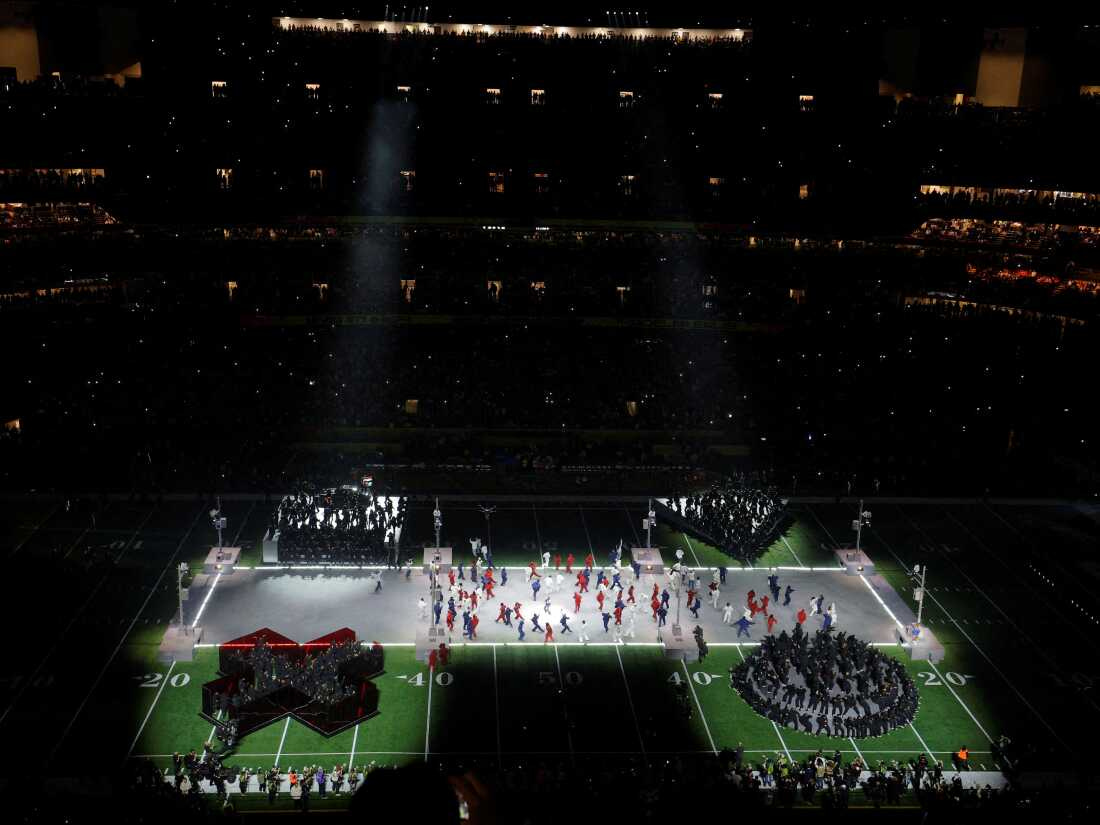
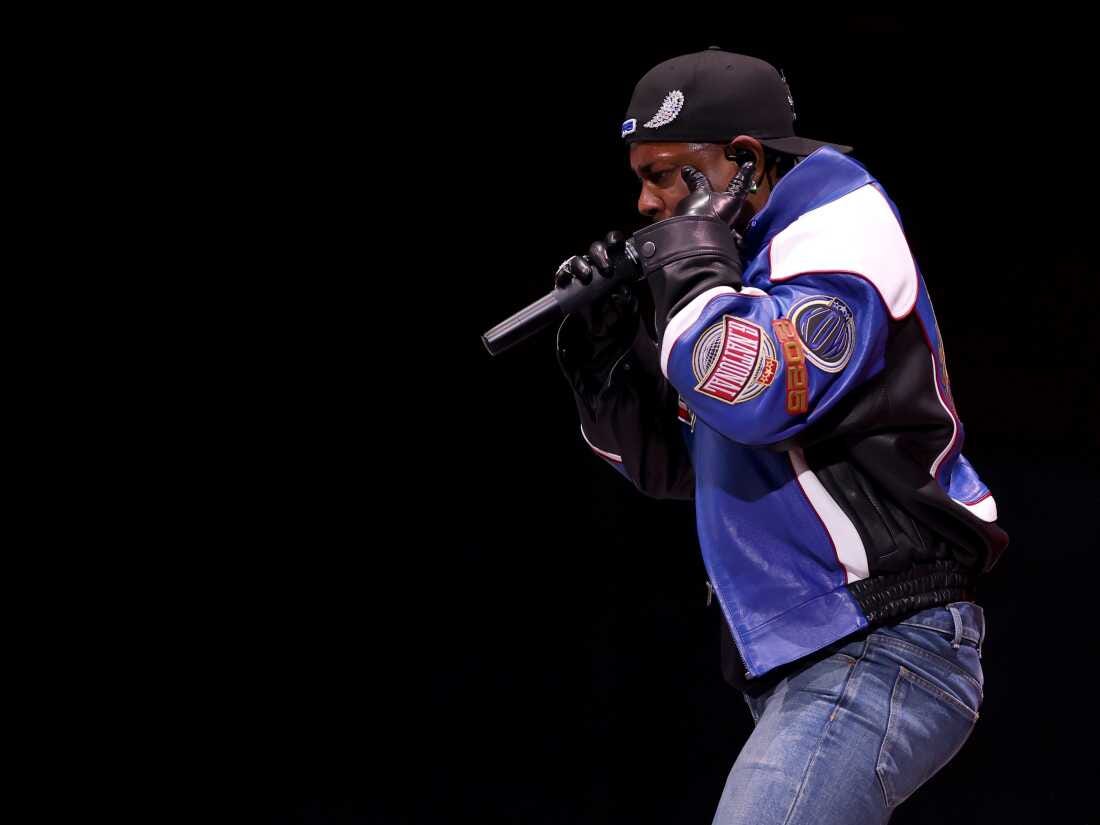
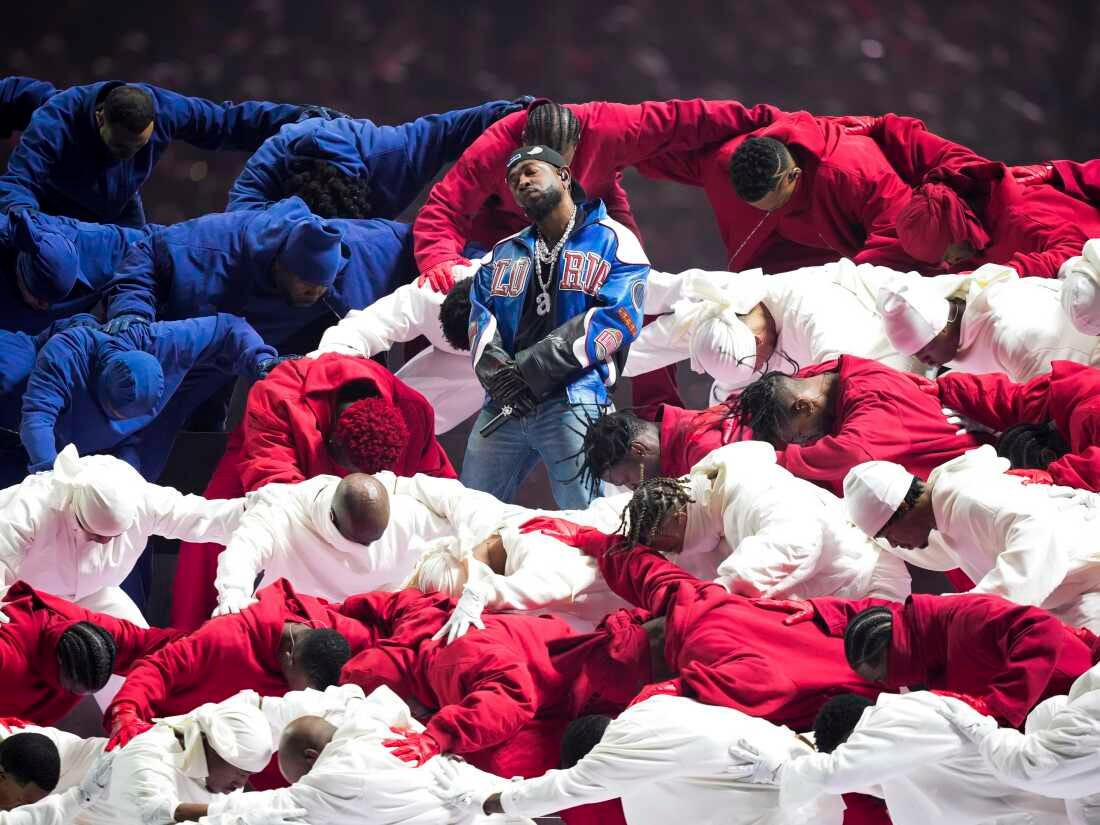
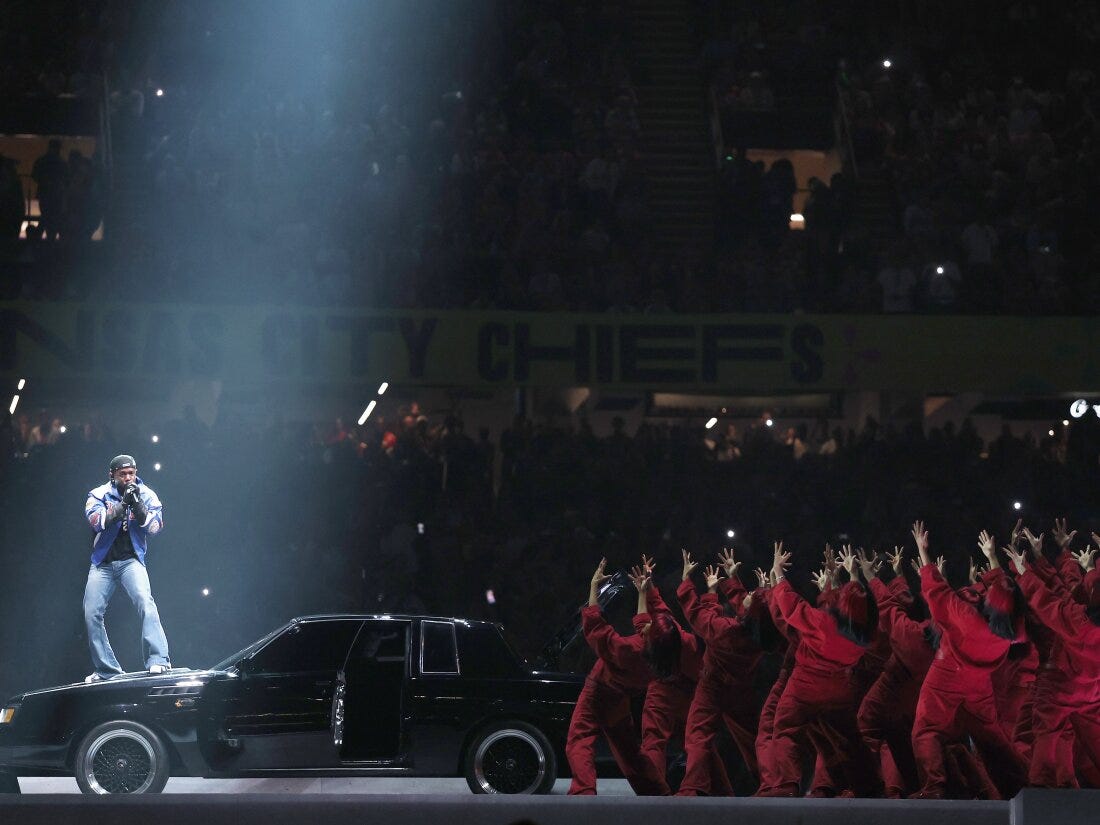
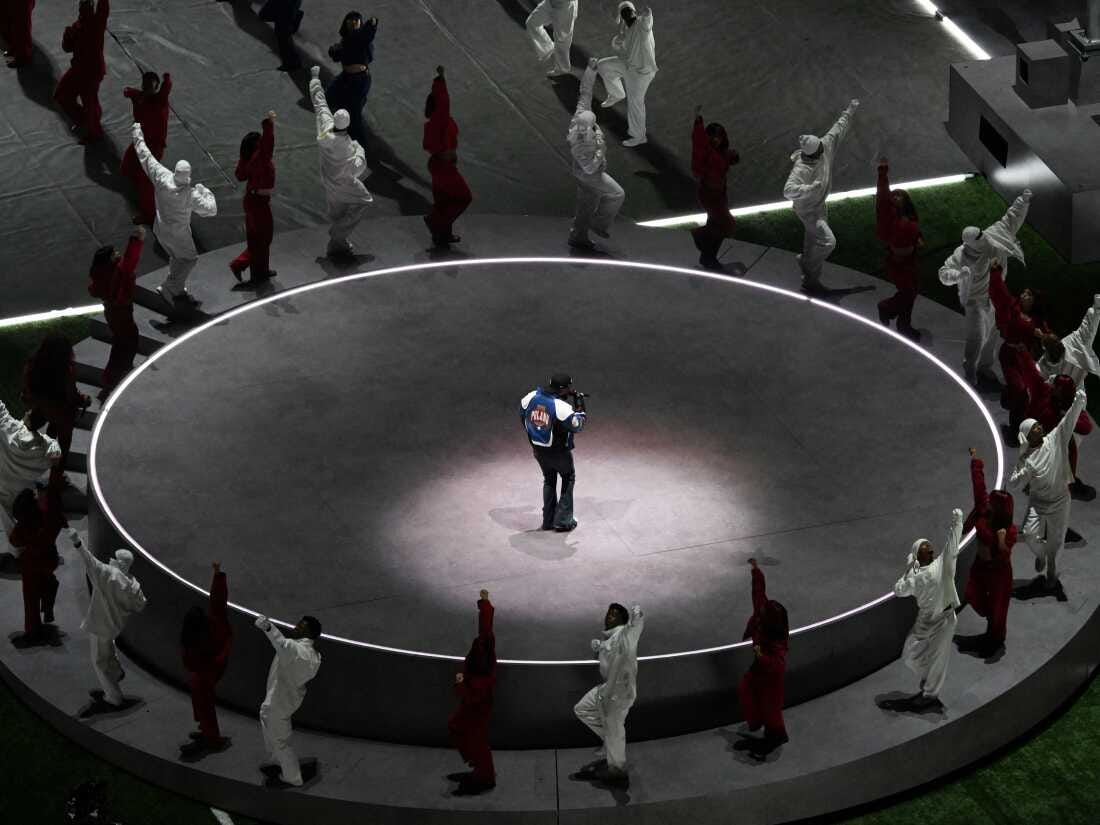
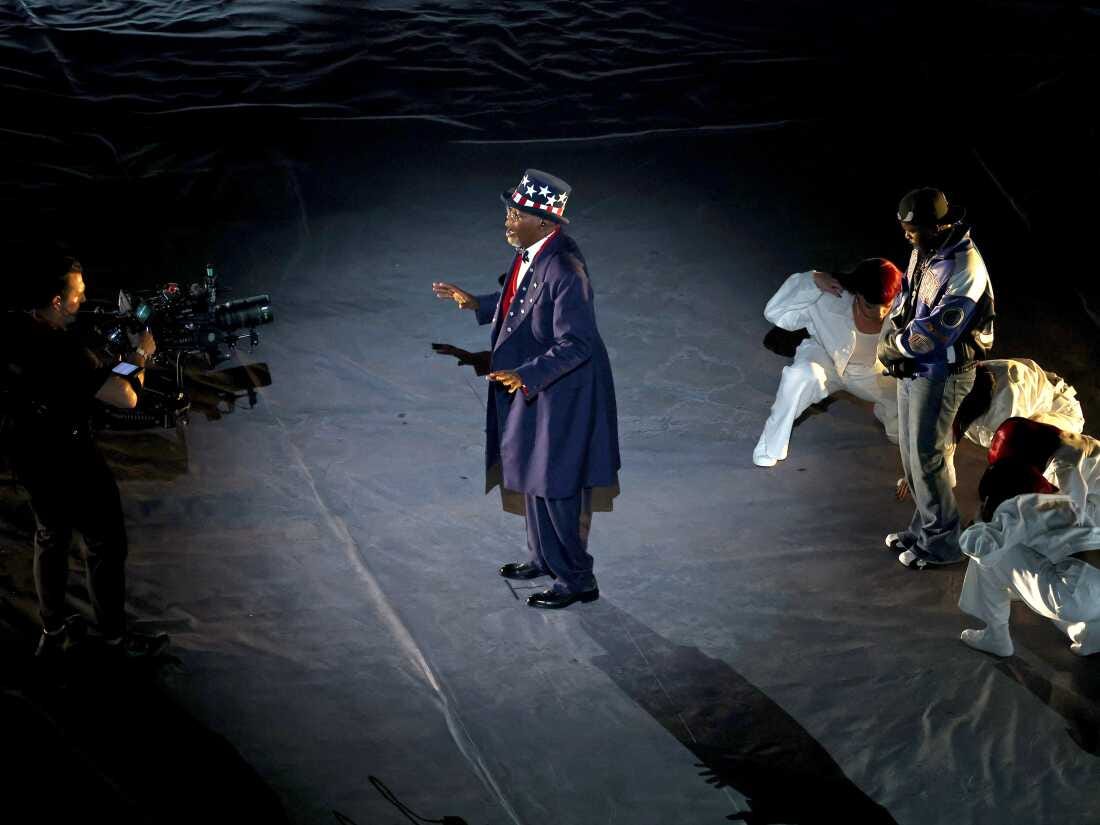
Beautifully said
Incredible read. Thank you for putting in the time and effort to write this piece. It is pivotal.